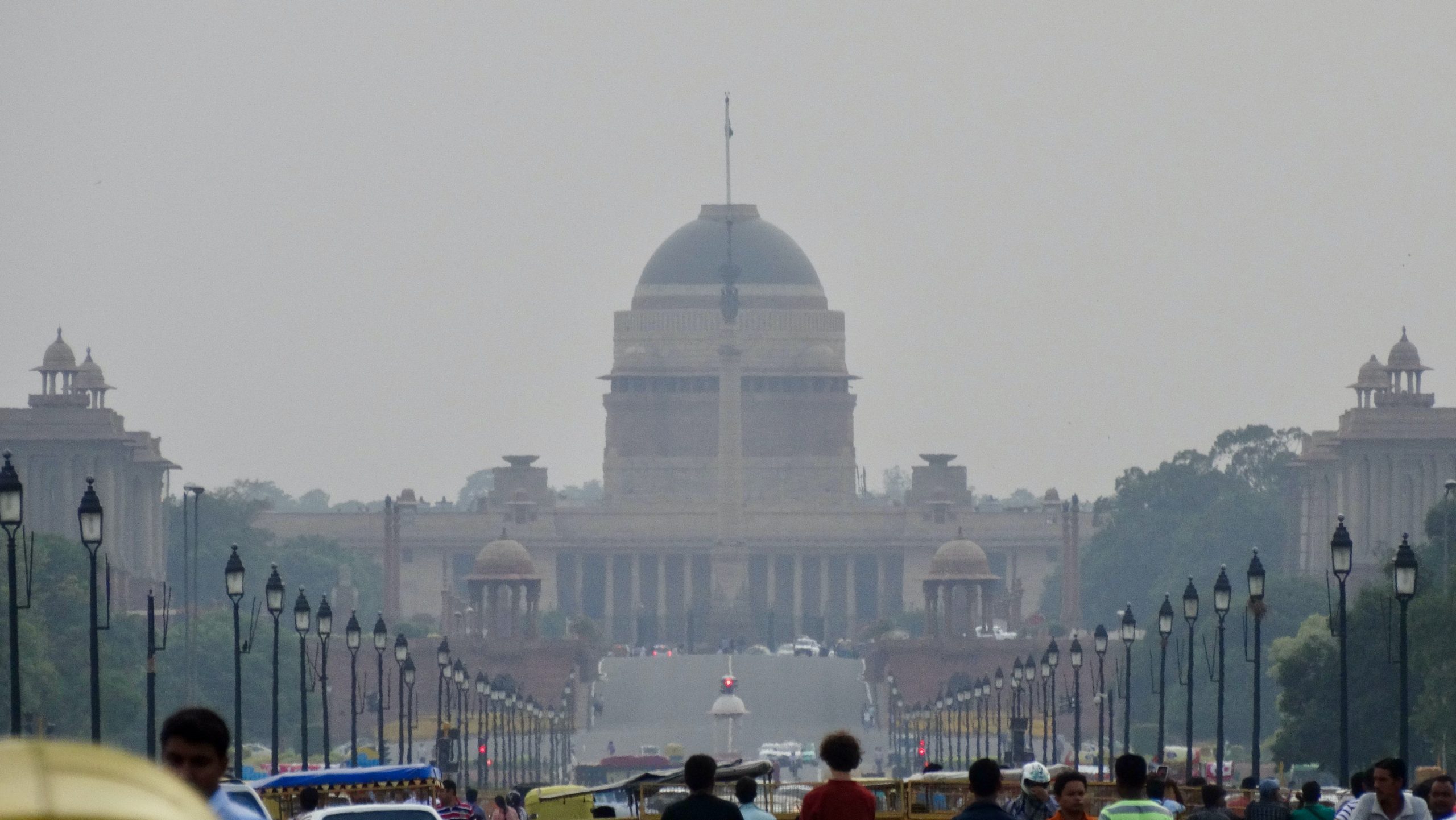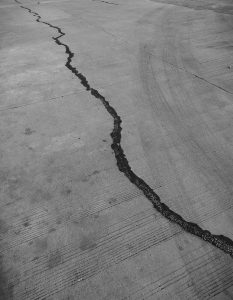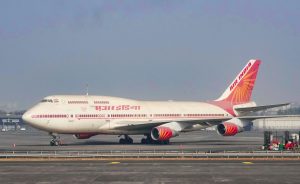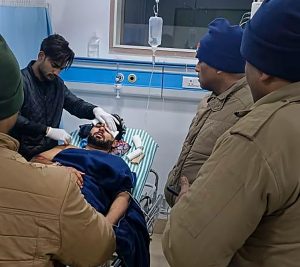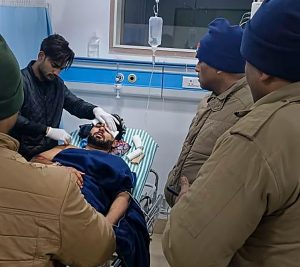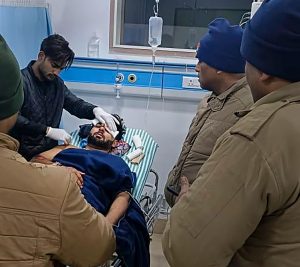A thick layer of smog continued to cover Delhi on Saturday as the overall air quality remained in the “severe” category at 408, officials said.
According to the Central Pollution Control Board (CPCB) data, 24 of the 37 monitoring stations recorded the AQI in the “severe” category around 11 am.
Also Read| Delhi pollution: With AAP in Punjab, Arvind Kejriwal changes tune on stubble burning
However, some areas where the AQI improved slightly from “severe” to “very poor” category were Anand Vihar (394), Mathura Road (381), Dilshad Garden (278), ITO (396), Lodhi Road (371), Punjabi Bagh (357) and Pusa (385).
An AQI of above 400 is considered “severe” which can affect healthy people and seriously impact those with existing illnesses.
Areas that recorded “severe” AQI are Alipur (434), Ashok Vihar (425), Bawana (450), Jahangirpuri (444), Mundka (434), Narela (452), Nehru Nagar (422), Patparganj (420), Rohini (437), Sonia Vihar (446), Vivek Vihar (426) and Wazirpur (432).
According to the CPCB data, the AQI continued to remain in the “very poor” category in Ghaziabad (350), Noida (369), Greater Noida (333), Gurugram (356) and Faridabad (350).
AQI between zero and 50 is considered ‘good’
An AQI between zero and 50 is considered “good”, 51 and 100 “satisfactory”, 101 and 200 “moderate”, 201 and 300 “poor”, 301 and 400 “very poor”, and 401 and 500 “severe”.
Also Read| What is GRAP? Delhi’s plan to combat ‘very severe’ air pollution
According to the World Health Organization, a 24-hour average PM2.5 concentration of up to 15 microgram per cubic metre is considered safe.
Alarmed by hazardous pollution levels in Delhi, Chief Minister Arvind Kejriwal has said primary schools would be closed from Saturday in a bid to protect children.
On the other hand, the final stage of Graded Response Action Plan, including a ban on non-BS VI diesel-run light motor vehicles has also been enforced.
The entry of trucks other than electric and CNG ones in Delhi is banned too. Those carrying essential commodities are exempted.

